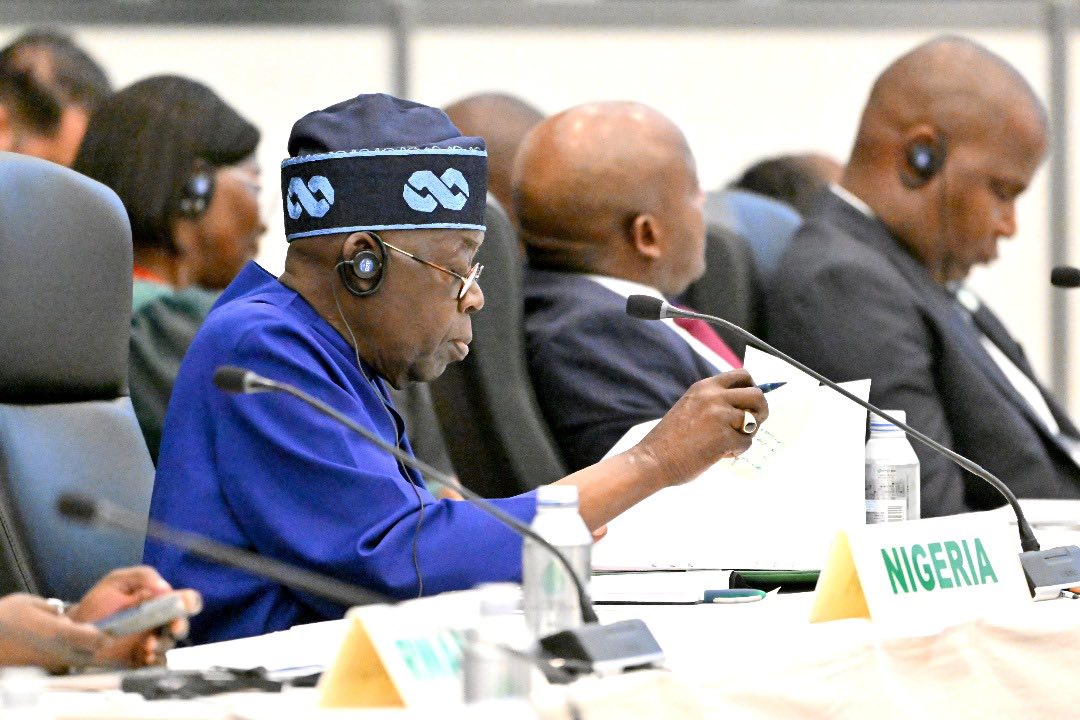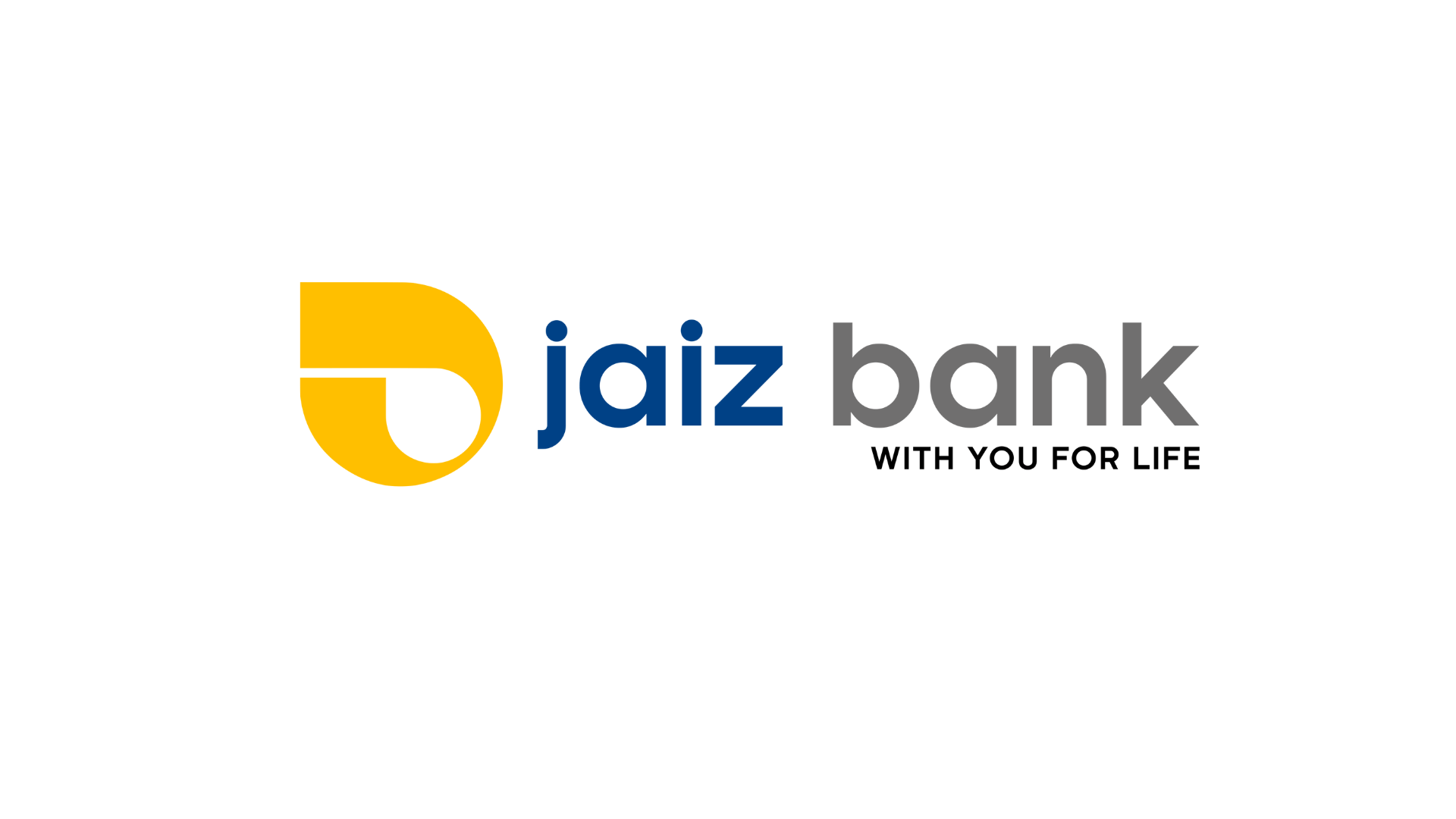Emmanuel Addeh in Abuja
The power sector in Nigeria has again highlighted the paradox that has defined its electricity supply chain, marked by significant installed generation capacity but little actual output, which was as low as 41 per cent in July.
The latest factsheet from the Nigerian Electricity Regulatory Commission (NERC) covering operational performance of power plants showed that of the country’s 13,625MW of installed power capacity, only 5,577MW was available on average last month.
The data underscored the growing problem of stranded power, with several plants lying idle or underutilised, while households and industries continue to suffer chronic power shortages nationwide.
Despite having a capacity large enough to substantially power its economy, the report showed that Nigeria only managed to deliver just 4,340 MWh/h in July, with an average load factor of 78 per cent, a slight dip of 3 per cent from the previous month.
In simpler terms, this means that more than half of the electricity generation infrastructure capacity remained stranded during the period.
The country’s power sector continues to grapple with the persistent problem of stranded electricity, a situation in which generation capacity exists but cannot be fully delivered to homes and businesses.
On paper, the country boasts an installed generation capacity that far exceeds what actually reaches consumers. Yet, because of transmission bottlenecks, weak infrastructure, and distribution limitations, a significant portion of generated electricity remains idle and effectively stranded.
Although power plants across the country have the technical ability to produce more electricity, the transmission grid often lacks the strength or stability to evacuate it, as it can only wheel a smaller fraction, creating a situation where plants are forced to run below capacity or shut down entirely, even as millions of Nigerians endure chronic shortages.
Also, Distribution Companies (Discos) add another layer of complexity, meaning that even when power is successfully transmitted, technical losses, energy theft, and poor collection practices mean that much of it never translates into reliable supply or financial returns.
Unsurprisingly, a closer look at the figures for July, revealed that a number of power plants continued to operate far below their installed potential. For instance, Olorunsogo-2, with a capacity of 750MW, was very striking, as the plant managed an available capacity of just 42MW, about 6 per cent, and delivered a paltry 24MWh/h in July.
Similarly, Alaoji-1, with 500MW of installed capacity, recorded zero output, highlighting redundancy at its worst.
Even some plants with higher availability still performed poorly in terms of utilisation, with Sapele-2, rated at 500MW, having only 92MW available (18 per cent) and producing a modest 37MWh/h.
Although plants like Omotosho-2 and Ihovbor-1 fared slightly better with availability factors of 22 per cent and 17 per cent, respectively, their output remained negligible compared to their potential.
However, some plants did better, with Egbin-1, Nigeria’s largest power station with a massive 1,320MW installed capacity, operating at 54 per cent availability (717MW) and generating 665MWh/h at a load factor of 93 per cent.
Similarly, Kainji-1 and Okpai-1 each posted good performance, with load factors above 97 per cent, despite their availability challenges. Besides, smaller plants such as Afam-2 also achieved near-perfect load factors, operating efficiently with the little capacity available to it.
Stranded power has significant economic consequences since every megawatt of capacity left idle represents sunk investment and lost opportunity. With Nigeria’s economy heavily reliant on diesel and petrol generators to bridge electricity gaps, stranded power in the grid sector adds pressure on households and businesses already grappling with rising energy costs.
Beyond cost, Nigeria’s stranded power supply quagmire reduces investor confidence. Many Independent Power Producers (IPPs) find it difficult to justify further investments when existing plants are not operating anywhere near full potential.
The persistent cycle of low gas supply to thermal plants, water management issues at hydropower stations, and poor transmission infrastructure means plants remain redundant, not due to lack of demand, but because of systemic bottlenecks.
In the month under consideration, grid stability metrics released by NERC also highlight the fragility of the sector. In July, grid frequency slightly exceeded the upper limit, averaging 50.64Hz (1 percent deviation), while at the lower end it touched 49.42Hz.
The NERC factsheet further showed that grid voltage also slipped below acceptable thresholds, falling to 301.10kV, representing a 4 per cent deviation from the minimum limit of 313.50kV and reflecting a strain of balancing underperforming generation assets with unstable transmission infrastructure.
While Nigeria’s peak demand is estimated at about 30,000MW, yet the country routinely delivers less than 5,000MW to the grid, as cities experience rolling blackouts and industries scale down operations due to unreliable supply, despite over 8,000MW of installed capacity lying dormant.
In July plants like Igbafo-1, Omoku-1, and Dadin-Kowa-1, despite having smaller capacities, operated at efficiencies far higher than their larger peers, the NERC report showed.
While resolving the perennial gas supply issue is critical, given that over 80 per cent of Nigeria’s generation mix is thermal, operators have also pointed to huge debt overhang of about N4 trillion owed the Generation Companies (Gencos).
They have also advocated a transparent and liberalised pricing mechanism, which could lift plant availability significantly and enhance performance in the sector.
Recently, the management of the Niger Delta Power Holding Company (NDPHC), operator of the National Integrated Power Projects (NIPPs), said they were grappling with the problem of stranded electricity despite having huge installed capacity.
At present, about 2,000MW of its generation output cannot be dispatched because of weak transmission lines, poor distribution infrastructure, gas supply bottlenecks, and low offtake by Discos.
The post Nigeria Utilises Only 41% of Installed Generation Capacity Amid Stranded Power Crisis appeared first on THISDAYLIVE.



